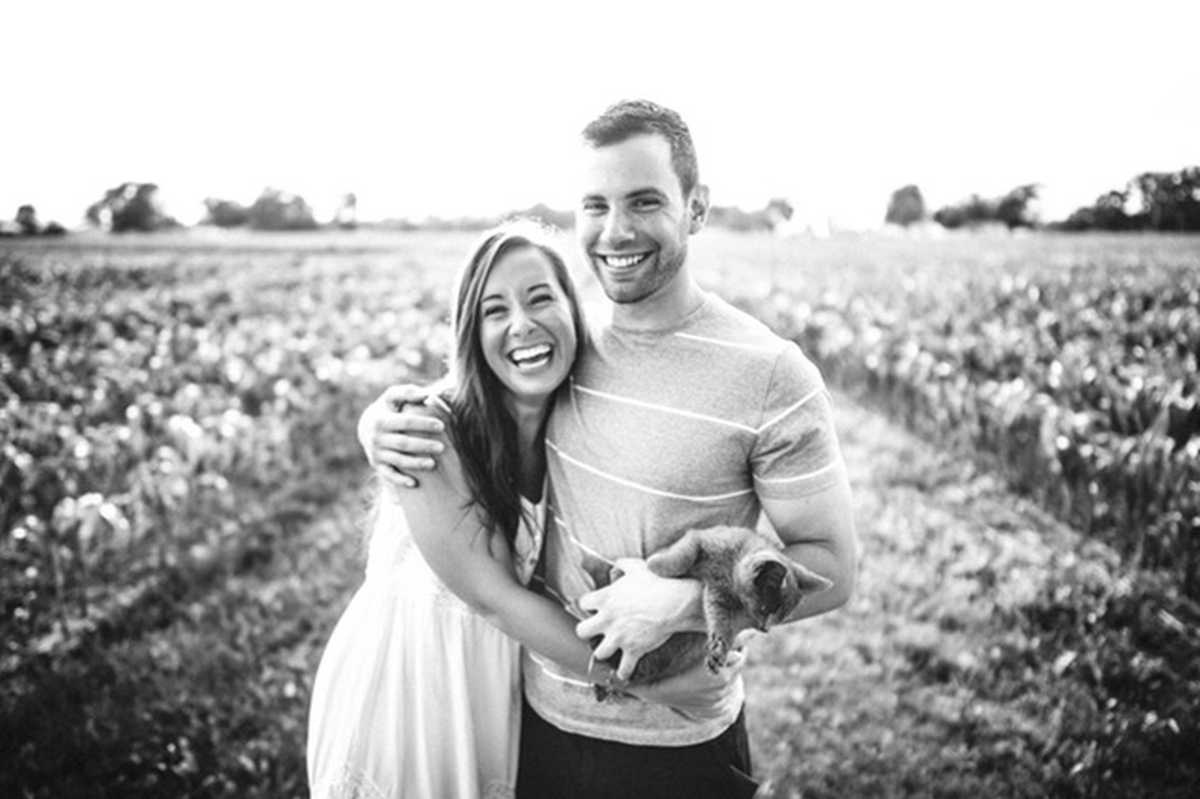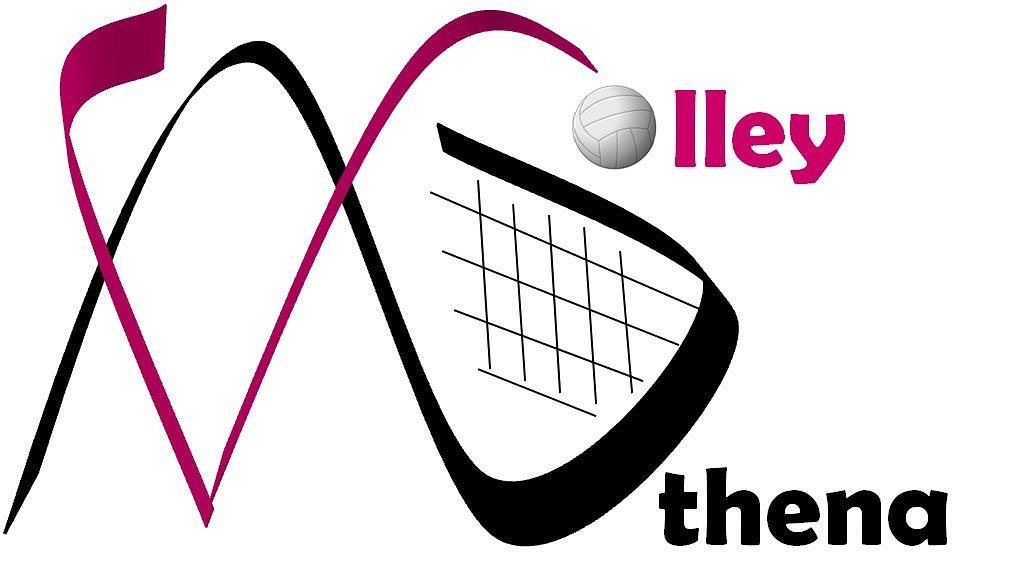Criminologists and people in politics took to talking about weapon physical violence as a
“public ailment.”
This can be a roundly good thing, since scientific studies
advise
that after men and women are primed to planning on violence as an illness instead of as a “monster,” they can be almost certainly going to advise trying to improve the economic climate or give better medical care than build larger jails or place more police about street. But as Yale College sociologist
Andrew Papachristos
tells Science of Us, firearm violence is far more of an “epidemic” than you possibly might presume. Indeed, herpes of shootings acts as being similar to a sexually sent
infection (
STI
).
“Gunfire is far more like
HIV
or hepatitis C than a flu virus or a cold,” claims Papachristos, whoever
analysis
has had network evaluation to understanding habits of gunfire. “Any time you caught a bullet like a cold, there is far more simple bystanders. Actually that which you see may be the reverse. You notice it cluster around people who are victims, which suggests that the function of indication is not âairborne,’ since it
had been.”

In a
research
of all arrests in Chicago from 2006 to 2012, Papachristos and his peers discovered that 70 % of nonfatal gunshot injuries occurred within a network of men and women accounting for under 6 % of town’s populace. These folks were “co-offenders,” which means at the time of arrest, they certainly were arrested with one or more other individual. More powerful, 89 per cent associated with the gunshot sufferers belonged, for the researcher’s evaluation, to just one myspace and facebook of 107,740 folks. During the town as one, the speed of gunshot victimization during this period was actually 62 per 100,000 folks. (Even though it’s
infamously hard
to find nonfatal gunshot information â or other firearm information â analysis suggests that the Chicago price is
half
that of Detroit and most
double
that nyc, with regards to the year). Inside the Chicago co-offending community, the scientists discover the nonfatal gunshot rate was a great 740 per 100,000
men and women.
The results, which Papachristos posted just last year in
Personal Science
&
Medicine
, make firearm assault see lot like other high-risk habits that action along social media sites in what epidemiologists name “personal contagion.” From inside the contagion of a virus, an ailment is actually passed between men and women since they have actually near get in touch with. With personal contagion, individuals imitate, connect, and or else pass along behaviors to prospects they understand. It isn’t really simply common colds that action between clusters of people, but
drug abuse
,
smoking
, and
obesity
â if a detailed friend becomes fat, you have got a 57 per cent
chance
of becoming fat in that exact same time period, also. And also as dozens of community health PSAs warned you â once you sleep with somebody, you are sleeping with everyone else they have actually slept with â STIs
scatter
through networking sites by contagion, also. Regarding gunfire, assault becomes handed down by social norms around retaliation and value in high-crime communities (just like the violent
“honor culture”
ascribed to Appalachia). In
a 2013 research
of group homicides in Boston and Chicago, Papachristos discovered that killings were powered by status-seeking, retaliation, additionally the business storage of a group â all of which are networked, socially symbolic
behaviors.
The networked character of firearm assault offers a much more exact comprehension of who’s at an increased risk to eliminate or be killed by gunfire. Whilst it’s tragically correct that youthful black colored men in Chicago will tend to be involved with firearm physical violence â the nonfatal gunshot rate for black colored males involving the many years of 18 and 34 is actually 599.65 per 100,000 individuals, or one in 200 when you look at the party are nonfatal shooting subjects from year to year â maybe not
everybody
whom matches that demographic is actually similarly vulnerable. It is the individuals who are many inserted when you look at the reasonably small channels of violence which happen to be in danger. Which also is great for the prevention of
physical violence.
“Changing channels implies altering communities,” Papachristos states. “It’s not possible to arrest your way out.” As additional sociological study
shows
, town you are embedded in â down seriously to the town block â provides great outcomes on educational attainment. To Papachristos, this may you need to addressed holistically just as obesity is being tackled by everybody else through the
NFL
to Michelle Obama. You will see must be better techniques for teenagers of color with criminal records to disassociate from the aggressive networks, there are questions of just how to assist school-age youngsters who aren’t on these sites to remain of all of them. But there’s countless evidence as optimistic for changes: People in america have actually together changed their particular brains on general public problems before: Everybody agrees seat devices are essential,
actually Kanye
, and smokers, the moment the coolest folks you knew, are now actually, inside the terms of Papachristos, addressed form of “like lepers.” So there tend to be localised solutions, also:
“venue-based” treatments
work with avoiding the spread out of
HIV
for the
U.S.
, so there’s cause to think so it might be an equivalent case for firearm violence. If you know which networking sites of individuals are in danger for things that could destroy all of them â be it getting chance or getting
HIV
â then it’s way better to help
all of them.
